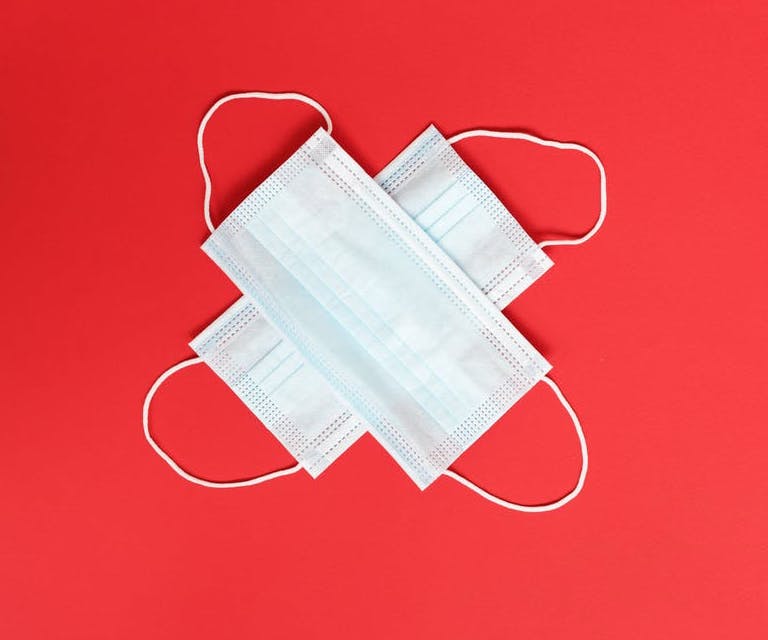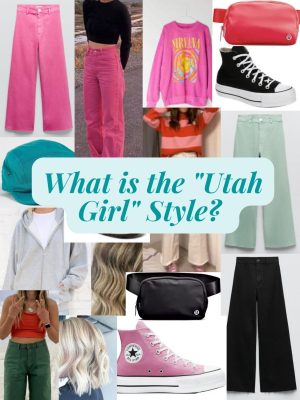What’s the Deal with Double-Masking?
Do two masks really work better than one?
February 26, 2021
Over the past year, face masks have become a staple in everyday life. The protection that a single mask provides has greatly curbed the spread of the coronavirus, but does that mean that two masks would work even better?
Here’s the science: As a respiratory virus, COVID-19 is spread through spit particles and respiratory droplets. Masks offer a barrier at the nose and mouse to prevent the virus from being inhaled. The fibers in the mask create a complicated maze for air to travel through, which means that as the air travels into your body, objects such as virus particles get blocked by the mask.
There is currently limited data in regards to the benefits or disadvantages of wearing multiple masks, but some studies have shown that multiple layers of cloth do a better job filtering out viral particles than a single one. Wake Forest Baptist Health MD Scott Segal says, “Wearing two masks might be a reasonable idea if the filtration capability of the masks isn’t very strong.” He recommends wearing a loose surgical mask over a tightly fitted cloth mask to create a stronger “mask sandwich.”
However, increasing mask layers can also make it much harder to breathe, making you more likely to remove or improperly adjust your face covering, and defeating the whole purpose of double-masking in the first place.
Besides wearing more mask layers, there are multiple other adjustments you can make to improve your mask’s fit, which will also increase protection. Nose bridges make the top of the mask a closer fit, and tying the mask around the back of the head as opposed to relying on ear loops can reduce the gaps between your face and the mask. In the end, you don’t need to do anything fancy, just work with what you have and stick to safety guidelines.
If you want to learn more about mask types, you can check out this infographic here.








